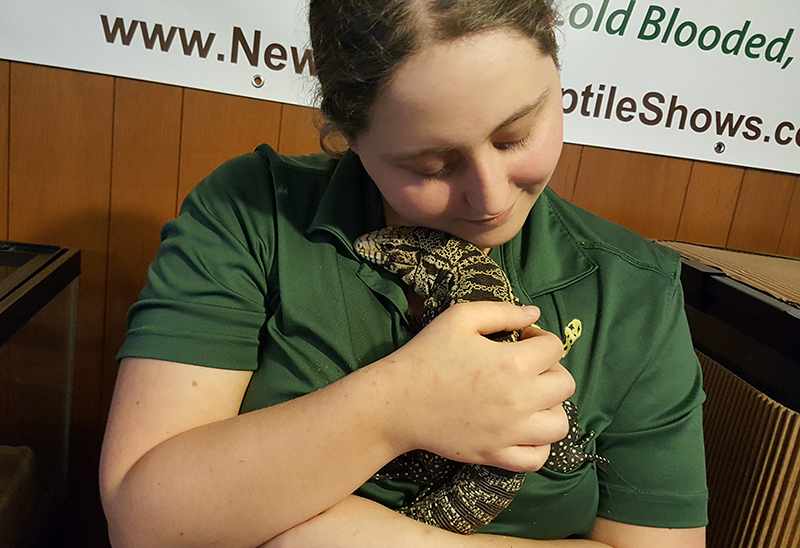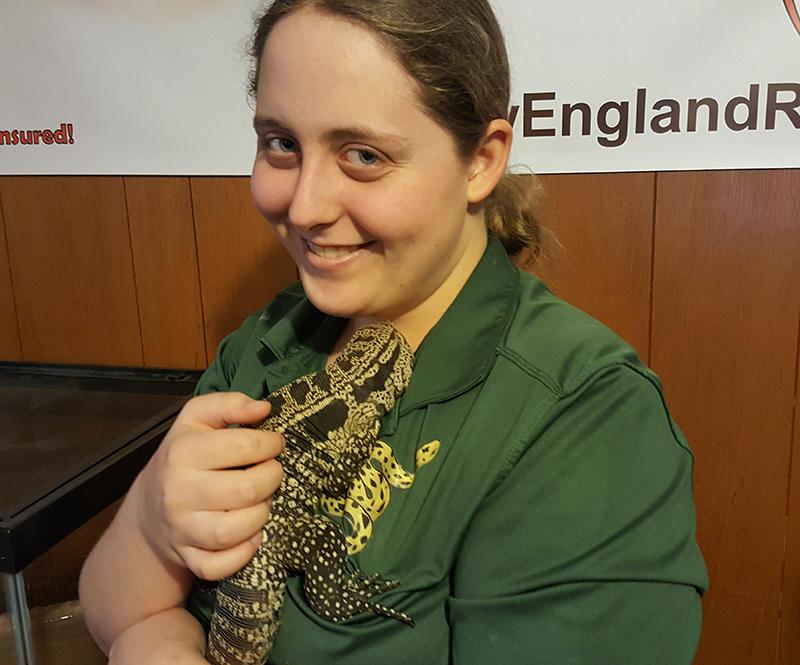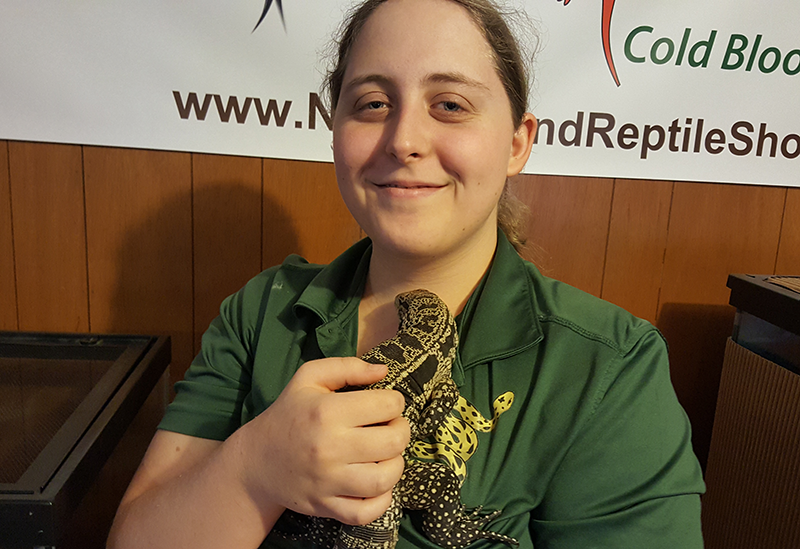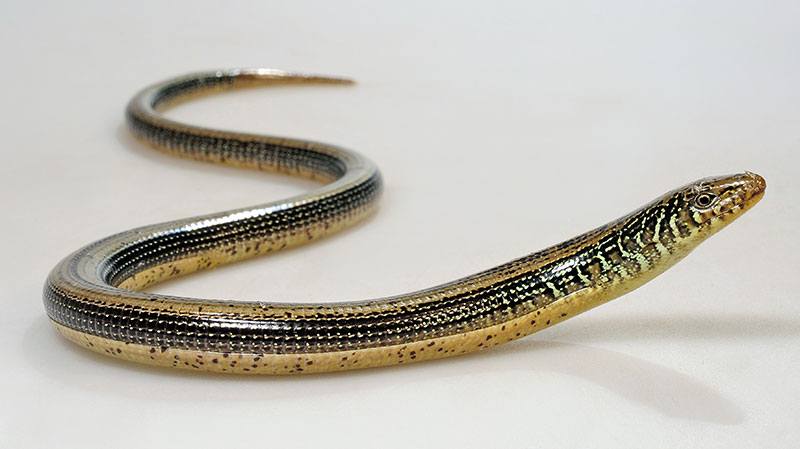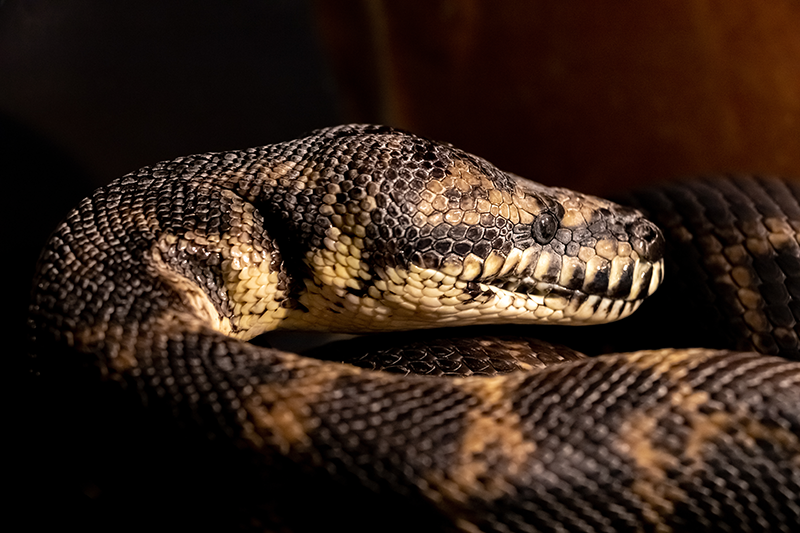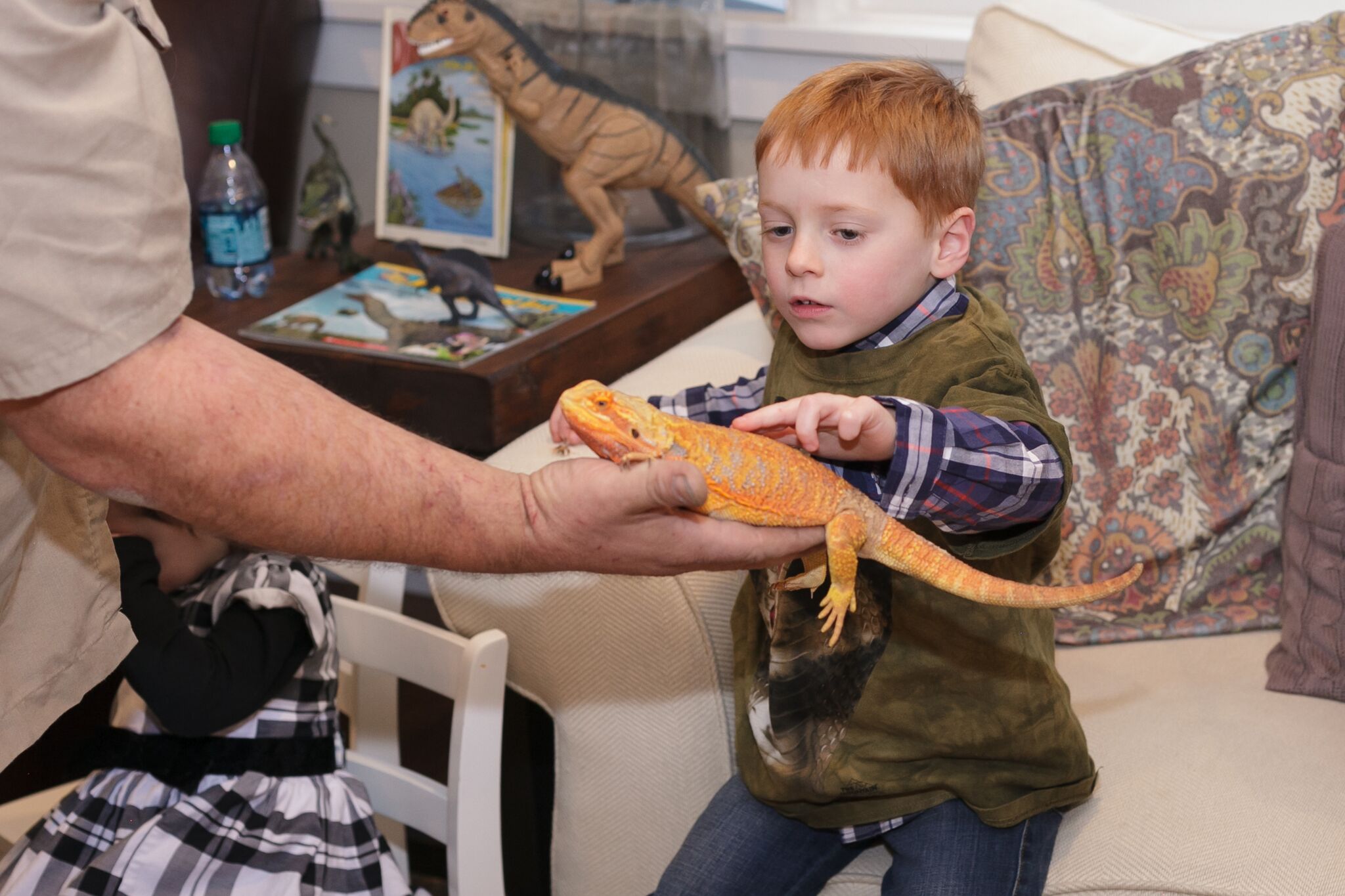Co Authored by Jodi, Emily and Eric Erickson
The fear of reptiles is not something that is ingrained into us before birth, it’s something that is a learned behavior as we grow. We have done countless shows and have seen time and time again that younger children are less afraid and more likely to approach a snake, while the teens and adults tend to hang back. Perhaps it’s the things we hear and what we watch on TV that gives us that fear, but a larger part of it is simply the fear of the unknown.
The opposite of fear is knowledge and our goal is to educate people of all ages about reptiles so that these amazing animals can be better understood and appreciated. It’s time we debunk some of the most common myths about reptiles.
Let’s count down, starting with Myth #5
Snakes are slimy! We hear this all the time, and the truth is that they are not. Snails, salamanders and Frogs are slimy, however, snakes are actually soft and quite dry to the touch. Of course if a snake just had a bath then yes, they will feel a bit wet, but they are not slimy at all. Snakes all feel a bit different depending on if they have smooth scales or keeled scales, some even feel rough. Bearded dragons for instance are spiky and rough like low grit sandpaper, but believe it or not, even their spikes are pretty soft.
Myth #4
Turtles are slow: “Slow and steady wins the race” Right? Wrong. Due to their long lifespan, turtles are often depicted as being easy-going and wise creatures who take things slow. For the most part this is very true, but when a turtle (or even a tortoise) needs to get somewhere fast, they can certainly move, especially when they sense that they may be in danger.
Myth #3
That snake will only grow to the size of the tank you put him in: The amount that a snake grows is not controlled by the environment that it lives in. In fact having raised snakes for as long as we have, I have seen babies outgrow their enclosures time and time again. The truth is that leaving a snake in smaller than preferred enclosure can cause stress and health issues and even shorten their life. Reptiles continue growing all their lives, and that growth will not be restricted by the size of their enclosure
Myth #2
Reptiles are not cuddly: It’s true that while most reptiles simply tolerate humans, some do become quite attached to their humans and enjoy their company. In fact many iguana owners remark that their scaly companions do cuddle up to them quite often. At shows, our iguanas seem to seek comfort from the noise of the crowd. Tegus are also a reptile that can be extremely cuddly and close with it’s owner. In fact Tegus are very similar to dogs! They are very intelligent and love to learn new things, get pet and cuddle too!
Myth #1
All reptiles are cold blooded: Making the Tegu unique among reptiles, it is the first known warm-blooded lizard. The Tegu can warm itself to as much as 18° F above its surroundings. But strangely, it can only use this heating system at certain times of the year. However, there is no reptile that has been discovered with a high enough metabolic rate to allow it to maintain a body temperature at the same level of mammals or birds.
These are just a few of the many myths about reptiles that we have helped to educate people about during our shows. Keep checking our blog for more myths and information about the exotic world of reptiles. Book a show with us and you’ll also be able to see some of our amazing reptiles up close, and debunk some of these myths for yourself with New England Reptile Shows!

